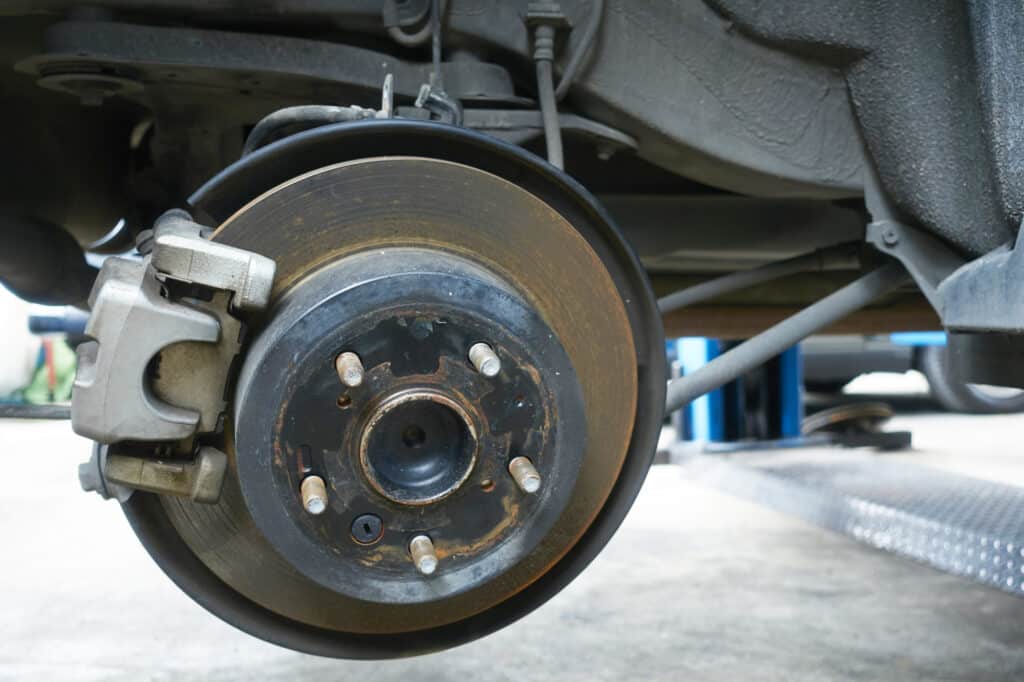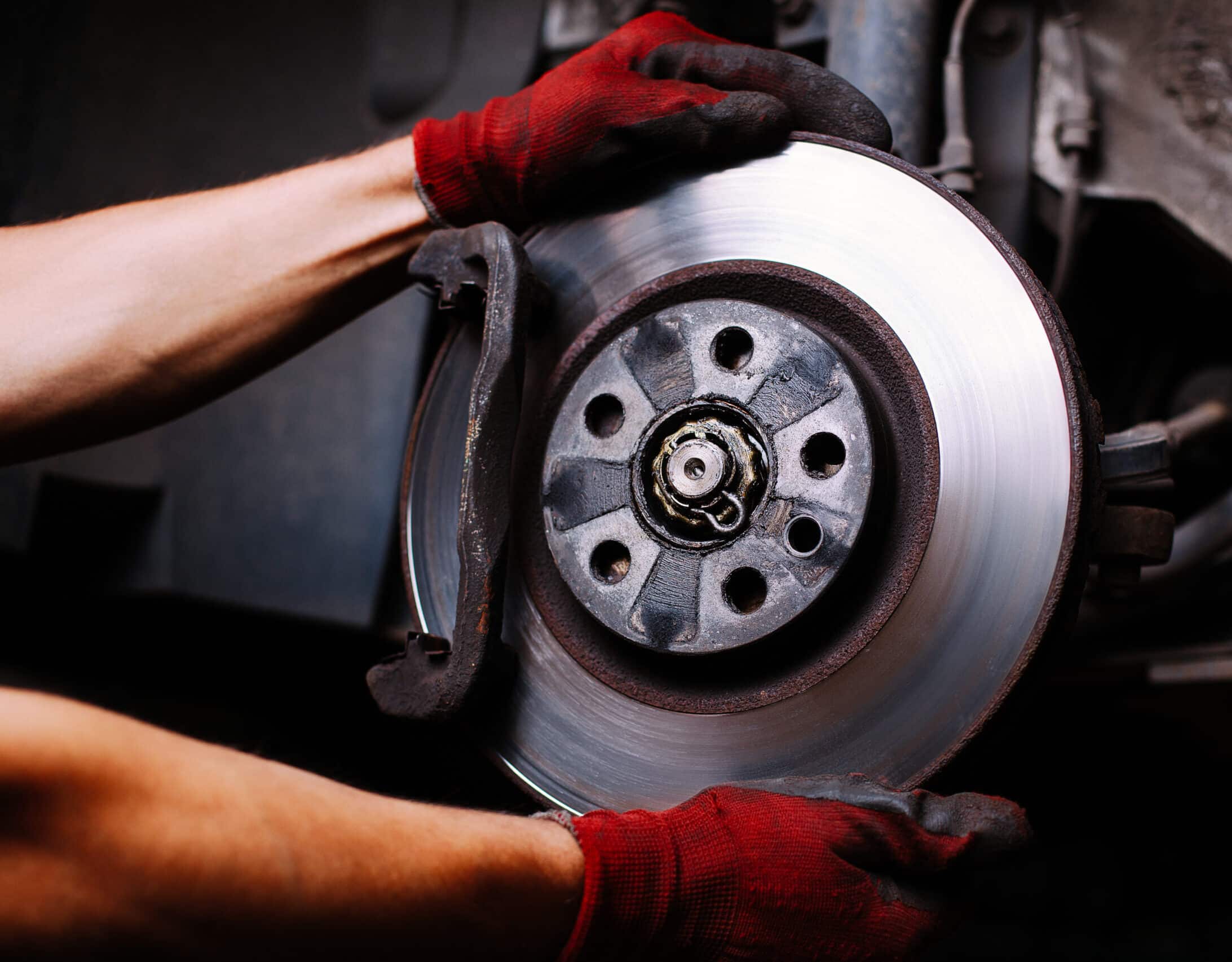Your morning commute takes an unexpected turn when you press the brake pedal and feel it sink to the floor. Your heart races as you realize your primary braking system has failed, but thankfully, your emergency brake engages and brings your vehicle to a safe stop. This scenario highlights just how crucial your emergency brake system is for your safety on Salt Lake City’s mountainous roads and steep terrain.
Emergency brake failure can happen without warning, leaving drivers vulnerable to dangerous situations. Whether you’re navigating the winding roads leading to Park City or stopping on the steep hills throughout the Salt Lake Valley, a functioning emergency brake system isn’t just convenient—it’s essential for protecting you, your passengers, and other drivers on the road.
Understanding Your Emergency Brake System
Your vehicle’s emergency brake, also known as a parking brake or handbrake, serves as a critical backup system when your primary brakes fail. This mechanical system typically operates through cables that connect to your rear brake shoes or pads, providing an independent means of stopping your vehicle. Unlike your hydraulic brake system, the emergency brake doesn’t rely on brake fluid, making it invaluable when hydraulic systems fail.
Most emergency brake systems use one of three mechanisms: a hand lever located between the front seats, a foot pedal positioned to the left of the clutch or brake pedal, or an electronic parking brake activated by a button. Regardless of the type, these systems require regular maintenance to ensure they function properly when you need them most.
Pyle Automotive’s certified technicians understand the intricacies of all emergency brake system types. Their expertise extends across various vehicle makes and models, ensuring that whether you drive a compact car or a heavy-duty truck, your emergency brake receives the specialized attention it requires.
Recognizing Signs of Emergency Brake Problems

Brake Repair Service
Emergency brake issues often develop gradually, making them easy to overlook until a crisis occurs. The most common warning sign is a loose or spongy feel when engaging the brake. If your emergency brake lever pulls up higher than usual or your foot pedal travels further before engaging, the system likely needs adjustment or repair.
Strange noises when engaging the emergency brake signal potential problems. Grinding, scraping, or clicking sounds often indicate worn brake shoes, damaged cables, or corroded components. These issues can compromise the system’s effectiveness and lead to complete failure if left unaddressed.
Another red flag is when your vehicle rolls slightly even with the emergency brake fully engaged. This rolling motion suggests that the brake shoes aren’t making proper contact with the drums or that the cables have stretched beyond their effective range. Salt Lake City’s winter conditions can accelerate these problems, as road salt and moisture contribute to cable corrosion and component wear.
The Importance of Professional Emergency Brake Repair
Attempting to repair emergency brake systems without proper training and equipment can be dangerous and counterproductive. These systems involve precise adjustments and specialized knowledge of cable tensions, brake shoe alignments, and electronic components. Improper repairs can result in brake failure when you need the system most.
Pyle Automotive’s technicians bring years of experience to every emergency brake repair job. They use advanced diagnostic equipment to identify problems accurately and implement solutions that restore your system to manufacturer specifications. Their comprehensive approach addresses not just the immediate problem but also potential issues that could cause future failures.
Professional repair services also ensure compliance with safety regulations and manufacturer warranties. DIY repairs or work performed by unqualified technicians can void warranties and create liability issues if the repairs fail. Pyle Automotive’s certified technicians provide peace of mind through quality workmanship and comprehensive warranties on their repair services.
Emergency Brake Maintenance and Prevention

Vehicle Brake Maintenance
Regular maintenance prevents most emergency brake failures and extends system life. Pyle Automotive recommends having your emergency brake system inspected during routine maintenance visits. These inspections include checking cable tension, examining brake shoes for wear, and testing the engagement mechanism for proper operation.
Environmental factors unique to Salt Lake City require special attention to emergency brake maintenance. The region’s extreme temperature variations, from scorching summers to freezing winters, can cause cables to expand and contract, affecting system performance. Road salt used during winter months accelerates corrosion, particularly in cable systems and metal components.
Proper use also contributes to system longevity. Engaging the emergency brake gently rather than yanking it forcefully reduces wear on cables and adjustment mechanisms. Regular use prevents cables from seizing and keeps the system components moving freely.
Trust Pyle Automotive for Your Emergency Brake Needs
When emergency brake problems arise, time is critical. Pyle Automotive understands the urgency of brake system repairs and prioritizes emergency brake services to get you back on the road safely. Their commitment to quality service and customer satisfaction has made them a trusted name in Salt Lake City’s automotive repair community.
Don’t wait for a roadside emergency to discover your emergency brake system has failed. Schedule an inspection with Pyle Automotive today by calling (801) 467-7455 and ensure your vehicle’s backup safety system is ready when you need it most. Your safety and the safety of others on Salt Lake City’s roads depend on it.

